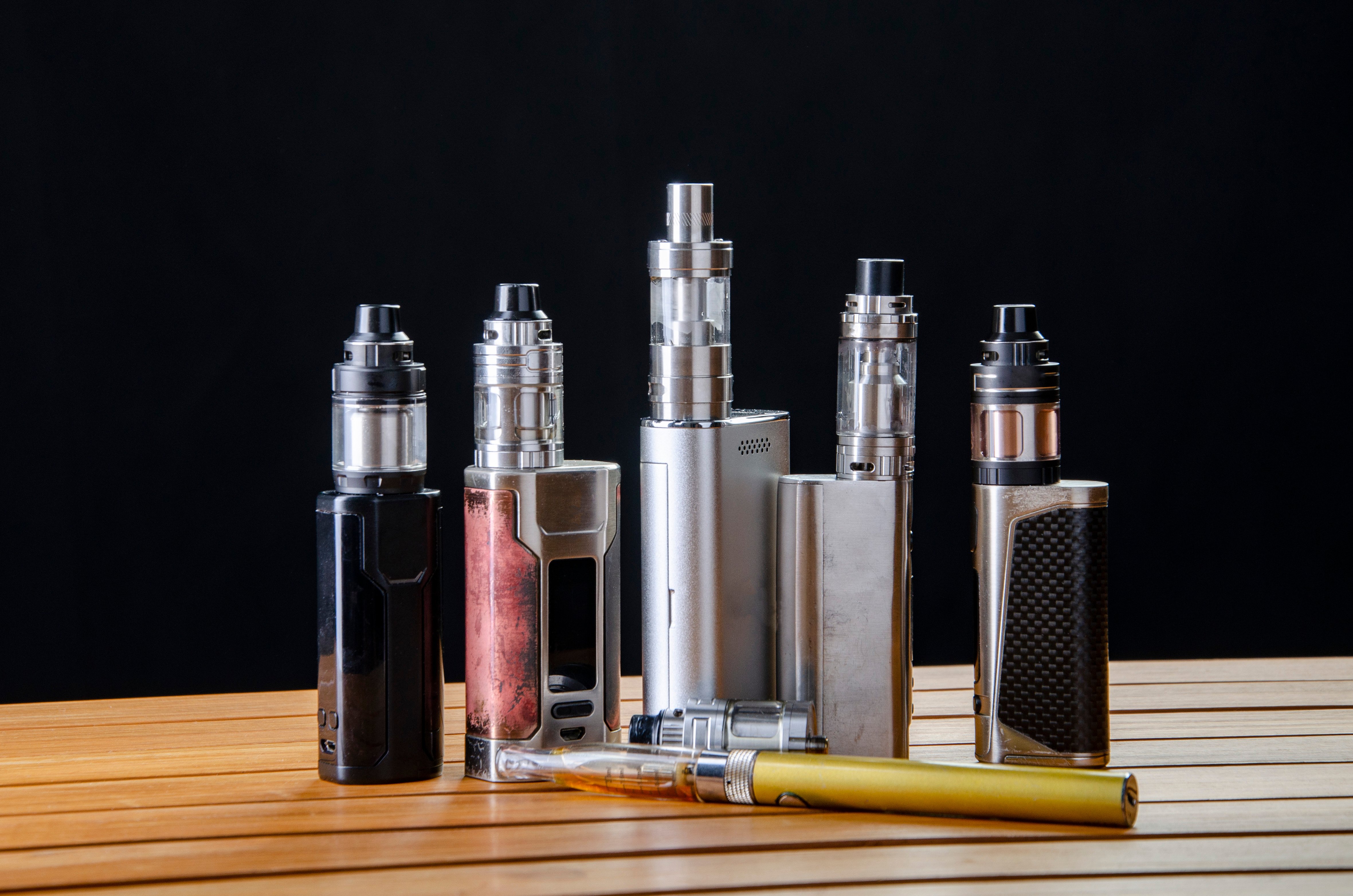A recent report released by The National Institute of Drug Abuse (NIDA) revealed that the use of vaping devices has dramatically increased among America’s teens. In just one year, the number of 12th graders that reported using some type of vaping increased from 27.8 percent in 2017 to 37.3 percent in 2018. Within the same group, nicotine vaping increased nearly 10 percentage points and marijuana vaping increase 9.5 percentage points in one year.
In The Juul Manifesto, a playful ode to Juuling, you hear a teen’s view – “We smoke it because dubious internet “scientists” tell us it is supposedly healthier than cigarettes, and because we can furtively blow the vapor down our sweatshirts in the back of lecture halls.” While it’s become a symbol of millennials, the reality is that nicotine delivery in any form remains addictive. A recent WSJ article lamented on the non-availability of treatment options for teen vapers looking to quit.

Vaping products are fairly new to the consumer market when compared to cigarettes and we don’t have long-term data available to support whether vaping is safer or more harmful than traditional tobacco smoking. What we do know is that smoking is the leading cause of preventable deaths in the US and according to the Office of the US Surgeon General, vaping products can contain toxic chemicals, toxic metal nanoparticles, and other cancer-causing substances or carcinogens.
Research evidence has accumulated for the beneficial effects of digital technologies which extend clinical interventions for recovery programs for Alcohol Use, Tobacco Cessation, Illicit Drug Use, and Gambling. Given the adoption of technologies by millennials, it’s useful to examine tech-based solutions for addressing vaping addiction. Complementing time at a recovery center, digital aids can be used to track moods/cravings and behavior.
While it is technology that has made the vaping SUD more prevalent, technology can also be used to monitor it. For example, schools across the US are installing sensors that can detect vaping vapors and alert administrators. You also have products like Sagitec HealConnect that can help recovery with outcome based care and tools for managing cravings while tracking mood and activities. Find out more here:

No Comments Yet
Let us know what you think